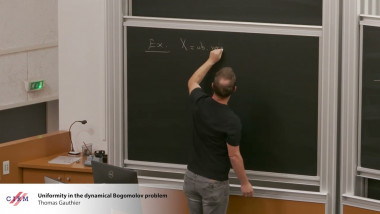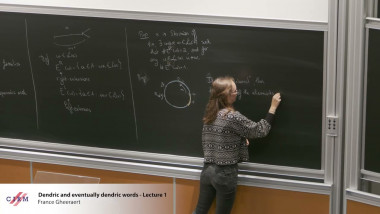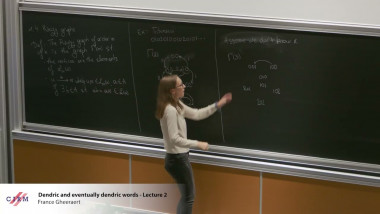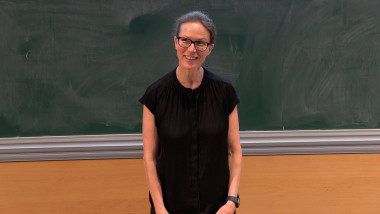Entropy and mixing for multidimensional shifts of finite type - Lecture 3
Appears in collections : New advances in symbolic dynamics / Dynamique symbolique, Combinatoire des mots. Calculabilité. Automates, Ecoles de recherche
I will speak about multidimensional shifts of finite type and their measures of maximal entropy. In particular, I will present results about computability of topological entropy for SFTs and measure-theoretic entropy. I'll focus on various mixing hypotheses, both topological and measure-theoretic, which imply different rates of computability for these objects, and give applications to various systems, including the hard square model, k-coloring, and iceberg model.











![[1243] Degrés dynamiques](/media/cache/video_light/uploads/video/SeminaireBourbaki.jpg)




